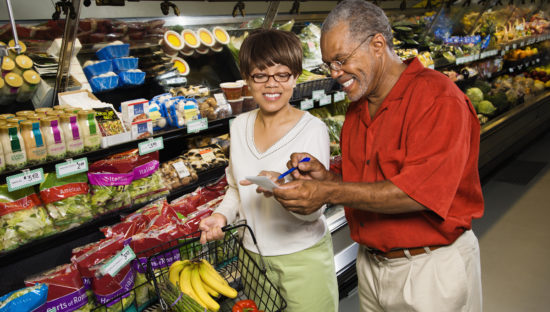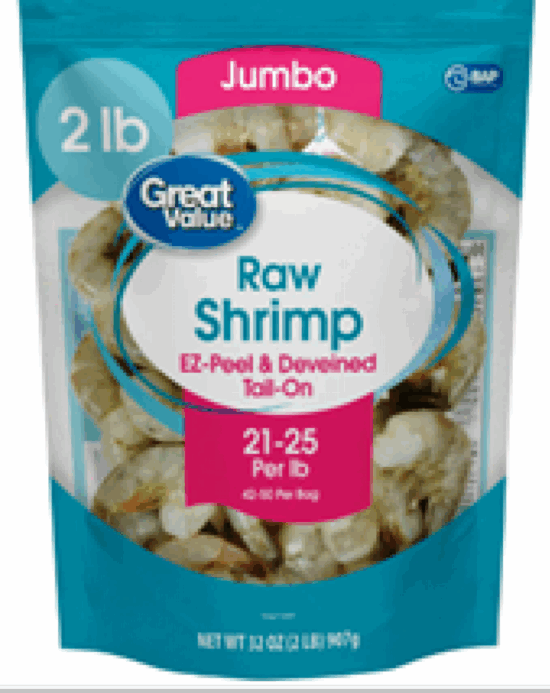Speed is essential to a well-managed recall. The faster consumers are alerted and understand what to do, the faster contaminated products can be identified, returned, or discarded. That’s why QR codes—yes, the same ones used to scan menus or board airplanes—are becoming one of the most powerful tools in food safety today.
QR codes on food packaging can connect consumers directly to critical product information in seconds. Batch numbers, expiration dates, geographic distribution, and clear next steps can all be accessible through a single scan. No need to call the grocery store, dig through FDA or USDA notices, or scroll social media to find out whether you’re impacted. The information can be specific to the exact item in your hand.
This kind of speed and clarity is a big step forward from traditional communication methods, and a good example of efforts being made to modernize recalls so consumers are better protected.
How QR Codes Work in a Recall
When food brands include a QR code on their packaging, it acts as a digital portal to real-time data. This might include:
A list of affected products by batch or lot number
Sell-by or expiration dates
Instructions for what to do next
Updates about recall expansion or resolution
Contact information for consumer questions or support
Because every recall is different, and every product is unique, it’s important for consumers to be able to know unequivocally if the items are part of that recall. A QR code allows companies to adjust their communication in real time as the situation evolves. If new products are added, if the scope changes, or if new geographies are impacted, companies can update that information immediately.
Using QR codes also solves a pressing industry problem of reaching non-English speaking customers by providing recall information and instructions posted in different languages.
Behind-the-Scenes Progress
QR codes are part of a larger shift in the food industry toward better traceability. The more precisely companies can track where their products were made, distributed, and sold, the faster they can isolate and resolve issues. With stronger traceability, recalls can be more targeted, minimizing waste, reducing panic, and protecting both consumers and brands.
Traceability is what connects the data behind the scenes to the product you buy at the store and, ultimately, is what enables better consumer communication. You may not recognize the names, but tools like SmartLabel and GS1 2D barcodes are working behind the scenes to make scannable, product-specific information available for everything you buy. These initiatives are helping food companies adopt standards for how data is shared and accessed. It’s not universal yet, but it’s coming.
What Consumers Should Know
Take the time to scan QR codes, read the information carefully, and follow the instructions exactly. This will help you determine whether the product you bought was part of a recall and, if so, determine what to do next.
Here’s what else to keep in mind:
Every recall is different and usually complicated. Using QR codes helps ensure you are getting the most accurate, up to date information available.
You can use QR codes both in-store to verify product safety updates before purchasing, or at home to quickly determine whether the items you purchased were part of a recall.
Scanning QR codes doesn’t just help you. Quickly identifying and dealing with affected product helps minimize overall risk to public health.
Retailers and food companies listen to their customers. If you value access to QR code information, or if you’re frustrated when it’s missing, say so. Tell your retailer that you expect clear, accessible recall information. Ask food brands to provide QR codes with real-time updates. Use your voice to push for better communication tools to become the norm.
QR codes are a simple tool with the potential for significant impact. They bring clarity to moments that are often confusing, and they help speed up the actions that keep people safe. As the food industry continues to modernize how recalls are handled, consumers can play an important role by scanning, staying informed, and speaking up for better access to the information that matters.
About the author: Roger Hancock, CEO of Recall InfoLink, is an expert on recalls, with experience that spans the retail, technology, data, regulatory and supply chain issues.
(To sign up for a free subscription to Food Safety News, click here)



